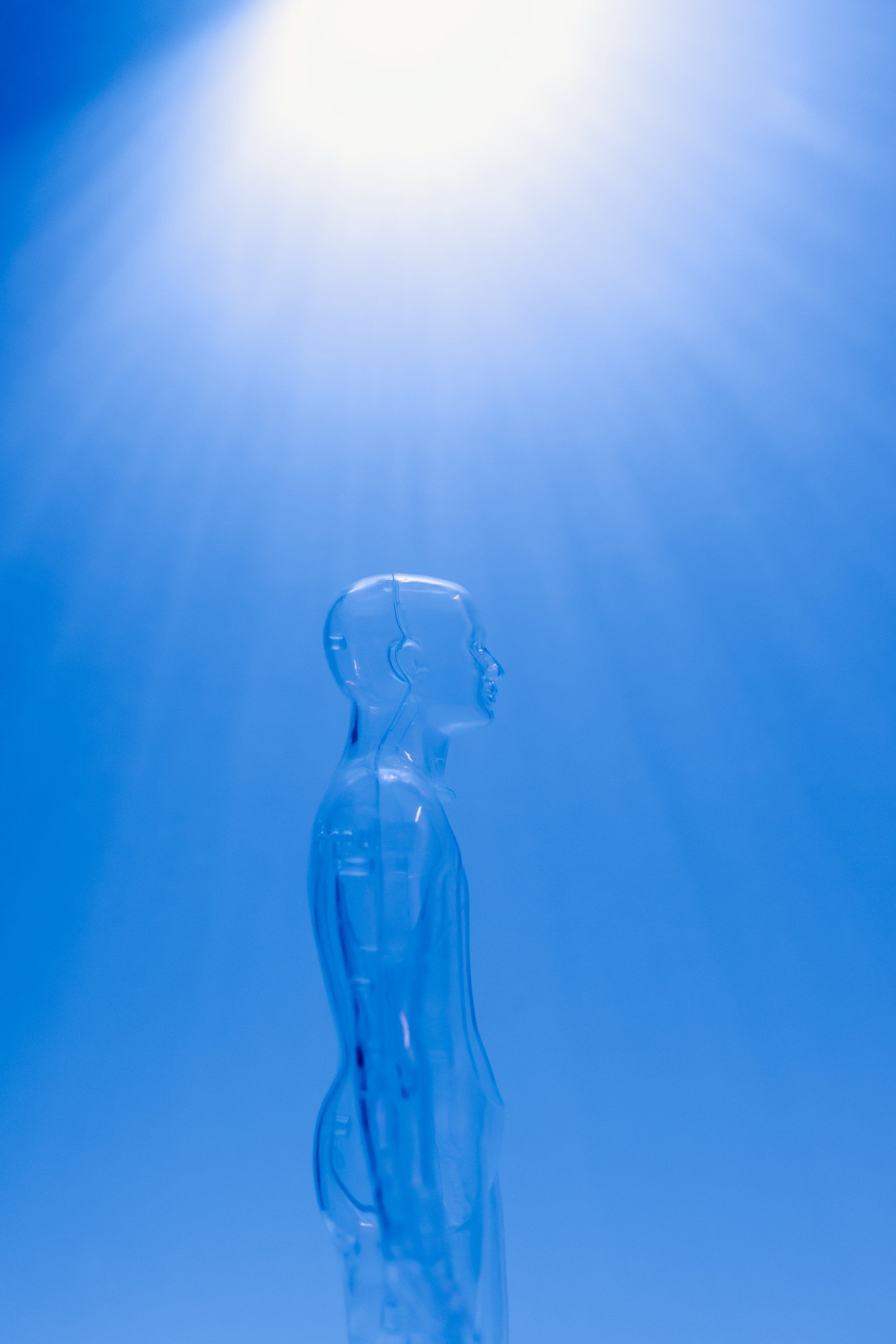The Clean Water Act: An Overview & Use in Personal Injury Law
The Clean Water Act (CWA), established in 1972, serves as a cornerstone of environmental regulation in the United States. Its primary goal is to safeguard the nation's water bodies, from rivers and lakes to coastal areas, by restricting the discharge of pollutants. While the legislation itself is extensive, its influence permeates various sectors of law, including personal injury law, where it plays an increasingly significant role.
Historical Background
The Clean Water Act has its roots in the Federal Water Pollution Control Act of 1948. However, it wasn't until 1972 that the Act underwent significant amendments, becoming the robust piece of legislation we know today. Public awareness and concerns over water pollution, accentuated by events like the Cuyahoga River catching fire in 1969, compelled legislators to enact more stringent measures for water protection.
Key Provisions
- Point and Non-Point Sources: The Act categorizes sources of water pollution into two main groups: "point sources" and "non-point sources." Point sources are identifiable, confined, and discrete conveyances, such as pipes or ditches. Non-point sources include diffuse pollution sources like agricultural runoff.
- National Pollutant Discharge Elimination System (NPDES): One of the primary regulatory mechanisms of the CWA is the National Pollutant Discharge Elimination System (NPDES). Administered by the Environmental Protection Agency (EPA), the NPDES requires facilities to obtain permits for discharging pollutants into "navigable waters."
- Water Quality Standards and Total Maximum Daily Load (TMDL): The Act mandates the establishment of water quality standards, prescribing the maximum amount of each pollutant that a water body can contain. If a water body fails to meet these standards, a Total Maximum Daily Load (TMDL) is determined, setting the maximum amount of a pollutant the water body can receive.
- Civil and Criminal Penalties: Violations of the Clean Water Act can result in civil and criminal penalties. These can include fines and, in extreme cases, imprisonment for company officials responsible for the violations.
How the Clean Water Act Works
Upon its inception, the Clean Water Act aimed to make all U.S. waters "fishable and swimmable" by 1985, a goal we have yet to fully achieve. Nevertheless, the Act provides a regulatory framework under which states, municipalities, and industries operate.
- Permitting System: Organizations must obtain a permit from the EPA or a state authority before discharging pollutants. These permits specify the type and amount of pollutants that can be discharged, how they must be monitored, and any necessary mitigative actions.
- Compliance and Enforcement: Regular inspections and reporting are required. Failure to comply results in penalties, which can be civil or criminal.
- Citizen Lawsuits: An innovative feature of the Act is that it allows individuals and non-governmental organizations to file lawsuits against entities violating its provisions. This citizen suit provision expands the range of enforcers beyond governmental bodies.
Implications for Personal Injury Law
The Clean Water Act's relevance extends beyond environmental conservation to the arena of personal injury law. When individuals suffer harm due to exposure to contaminated water, the Act serves as a critical tool for legal redress.
- Liability and Accountability: The CWA sets clear guidelines and limits on pollutant discharges. When these are violated, injured parties can use this as evidence in personal injury cases.
- Civil Action: Victims can also file civil suits against violators for compensation for medical costs, loss of income, and other damages.
- Regulatory Penalties as Deterrents: The possibility of hefty fines and criminal action serves as a deterrent against negligent behavior by companies, thereby indirectly safeguarding public health.
- Citizen Suits as Empowerment: The ability for citizens to bring lawsuits adds another layer of accountability, making it easier for victims to seek justice.
The Clean Water Act remains a pivotal piece of legislation that impacts multiple sectors, including personal injury law. Its comprehensive framework not only aids in conserving our natural water bodies but also plays a vital role in protecting citizens from the harmful effects of water pollution. As such, it serves as an indispensable tool for personal injury lawyers advocating for victims of environmental hazards.
For those seeking justice for injuries sustained due to contaminated water, understanding the Clean Water Act can be the first step towards holding responsible parties accountable. Its complex yet robust provisions offer avenues for legal redress that might otherwise remain unexplored.
MORE ALABAMA INJURY LAW NEWS






OUR LAW FIRM IS HERE TO HELP
Contact our Birmingham, Alabama Injury Lawyers Today for Legal Help
Have you or a family member recently been injured in an accident in Alabama? Contact Snable Stevenson & Silva for immediate legal assistance and advice. You may be able to pursue compensation for your medical bills, lost wages, and other expenses. Our qualified Alabama injury lawyers can help you fight to secure a full and fair award.
We offer a free case evaluation and consultation. Contact our law office in Birmingham, Alabama to schedule yours today. If you can’t come to us, we can arrange a time to visit you. Consultations can be arranged at the hospital, your home, or even your place of business. There’s a limited amount of time to act, so give us a call to get started today.
FREE CASE EVALUATION
GET STARTED
Thank you for submitting a request.
Our team will follow up with you as soon as possible.
There was an error sending your message.
Please try again later.
(800) 266-0877 • attorneys@snablestevenson.com
(205) 582-8000 • 2737 Highland Ave South, Birmingham, AL 35205
(901) 474-2900 • 1545 Union Ave, Memphis, TN 38104
This website is an advertisement for legal services. No representation is made that the quality of the legal services to be performed is greater than the quality of legal services performed by other lawyers. Use of this website signifies your agreement to the Terms of Use, Privacy Policy, and Form Disclaimer.
Snable Stevenson & Silva L.L.C.

